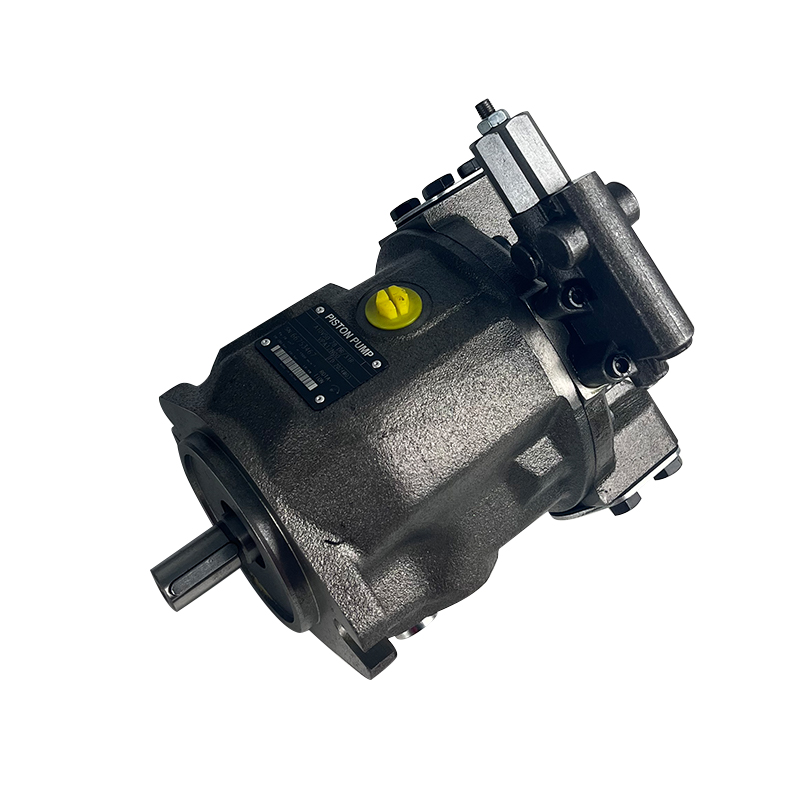Comparison Between Axial and Radial Hydraulic Piston Pumps
Hydraulic piston pumps are essential components in hydraulic systems, responsible for converting mechanical energy into hydraulic energy. These pumps are widely used in various industrial, mobile, and aerospace applications due to their high efficiency and ability to operate under high pressure. Based on the arrangement of pistons, hydraulic piston pumps can be broadly categorized into two types: axial piston pumps and radial piston pumps . While both serve similar functions, they differ significantly in design, performance characteristics, and suitable applications.
1. Structural Differences
Axial piston pumps feature pistons arranged parallel to the drive shaft axis. They typically use either a swashplate or bent-axis design. In a swashplate configuration, the angle of the swashplate determines the piston stroke, which directly affects the pump's displacement. As the cylinder block rotates, the pistons reciprocate within their bores, creating suction and discharge cycles. This design allows for compact construction and efficient operation at high speeds.
In contrast, radial piston pumps have pistons arranged radially around a central rotor or eccentric shaft. The pistons move outward due to centrifugal force or spring action and follow the contour of a fixed ring or cam surface. As the rotor turns, the change in eccentricity causes the pistons to retract and extend, enabling fluid intake and discharge. This radial layout results in a more complex structure but offers advantages in handling extreme pressures.
2. Performance Characteristics
Axial piston pumps are known for their high efficiency and adaptability, particularly in applications requiring variable flow rates. They perform well at medium to high pressures and are ideal for high-speed operations. On the other hand, radial piston pumps excel in high-pressure, low-speed environments. Their robust design makes them suitable for heavy-duty applications where reliability under extreme conditions is crucial.
3. Common Applications
Axial piston pumps are widely used in mobile hydraulics such as excavators, dump trucks, and agricultural machinery due to their compact size and high power density. They are also found in industrial systems like presses, injection molding machines, and aircraft flight control systems. Their ability to adjust displacement makes them ideal for systems that require load-sensing or pressure-compensated operation.
Radial piston pumps , with their superior pressure resistance and durability, are commonly employed in specialized industrial applications such as steel mills, forging equipment, and test benches where extremely high pressures are required. They are also used in marine and offshore equipment, where long service life and consistent performance are critical despite harsh operating conditions.
4. Summary and Selection Criteria
When choosing between axial and radial piston pumps, several factors must be considered, including system pressure requirements, flow control needs, space constraints, and cost. For most general-purpose and mobile applications, axial piston pumps offer a favorable balance of performance, efficiency, and cost-effectiveness. However, if the application demands sustained operation under ultra-high pressure with less emphasis on speed or size, then a radial piston pump may be the better option.
Both axial and radial piston pumps play vital roles in modern hydraulic systems. Understanding their structural differences, performance traits, and typical applications enables engineers and system designers to make informed decisions that optimize efficiency, reliability, and cost across a wide range of industries.

 English
English русский
русский Español
Español عربى
عربى

